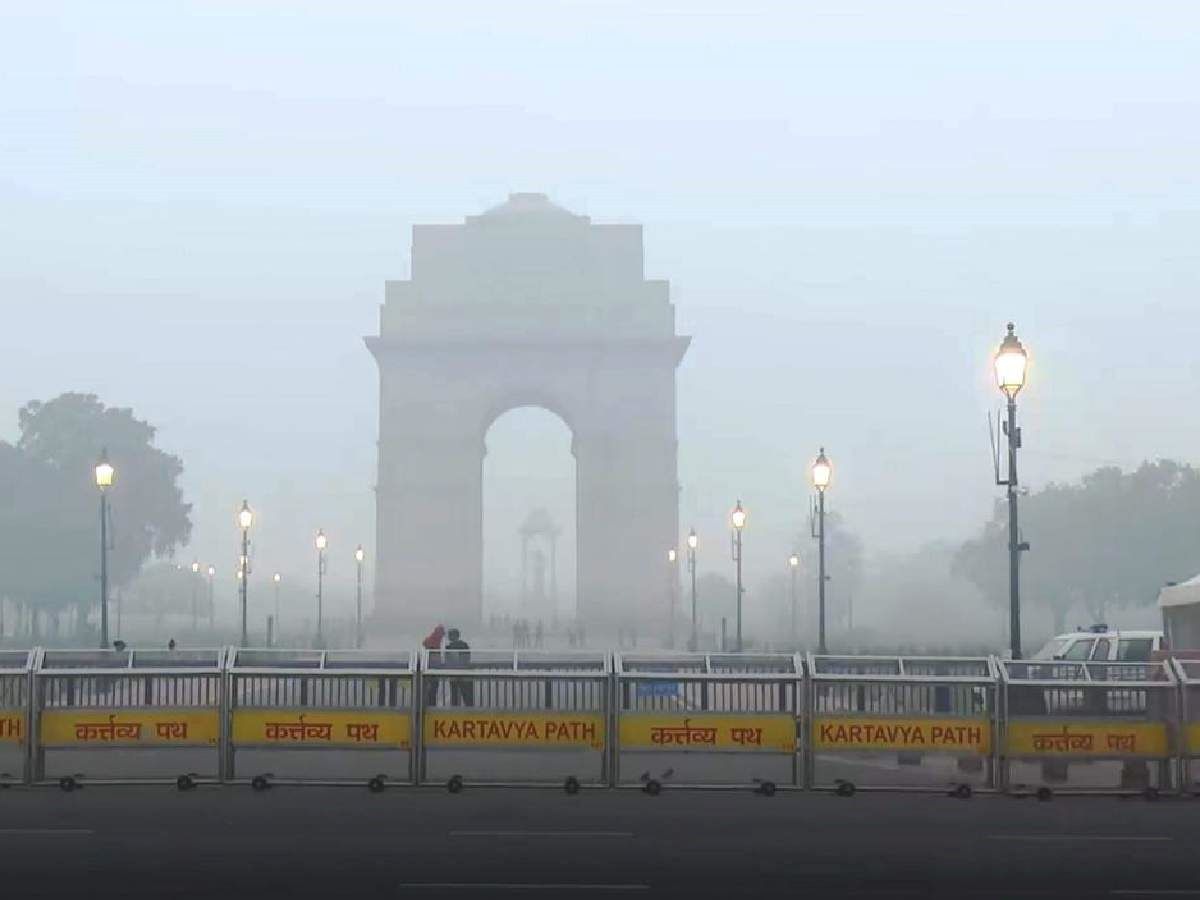
Delhi: Delhiites continued to breathe toxic air on Tuesday as air quality approached the severe zone in some areas.
The Air Quality Index (AQI) was recorded at 384 at 9 a.m., according to data from the Central Pollution Control Board (CPCB).
The 24-hour average AQI, noted until 4 p.m. daily, stood at 381 on Monday, making it the second highest in the country.
Data from the CPCB’s Sameer app, which provides hourly AQI updates, showed that out of the 38 monitoring stations, 13 recorded levels in the severe category, with readings above 400.
These stations include Anand Vihar, Ashok Vihar, Dwarka, NSIT Dwarka, Nehru Nagar, Moti Marg, Sonia Vihar, Vivek Vihar, Wazirpur, Rohini, Punjabi Bagh, Mundka, and Jahangirpuri.
Severe air quality readings between 400 and 500 can affect healthy individuals and seriously impact those with pre-existing conditions, according to the Central Pollution Control Board (CPCB).
The AQI classifications are as follows: 0-50 is ‘good,’ 51-100 is ‘satisfactory,’ 101-200 is ‘moderate,’ 201-300 is ‘poor,’ 301-400 is ‘very poor,’ and 401-500 is ‘severe.’
The minimum temperature dropped to 17.6 degrees Celsius in Delhi, two notches above normal.
Also Read: Delhi’s green war room: Revolutionising air quality management with 88% complaint resolution
At 8:30 a.m., humidity levels stood at 94 percent, according to the India Meteorological Department.
The weather office has forecast mainly clear skies during the day, with the maximum temperature expected to reach around 33 degrees Celsius.
(With inputs from PTI)
Rival leagues trigger players’ suspensions and a legal battle in Indian golf, for now
Former Delhi CM Kejriwal criticises Centre, Delhi govt over worsening air pollution, alleges AQI manipulation
Delhi Police raids Nangloi unit producing fake engine oil, seizes over Rs 1 crore worth…
Mukesh Sharma reimagines digital components as living matter in his solo exhibition ‘Decoding Digital DNA’
Nine accused were arrested in coordinated raids as police uncovered organised networks supplying mule bank…
Nearly 1.57 lakh PUC challans issued in two months as Delhi steps up GRAP enforcement…